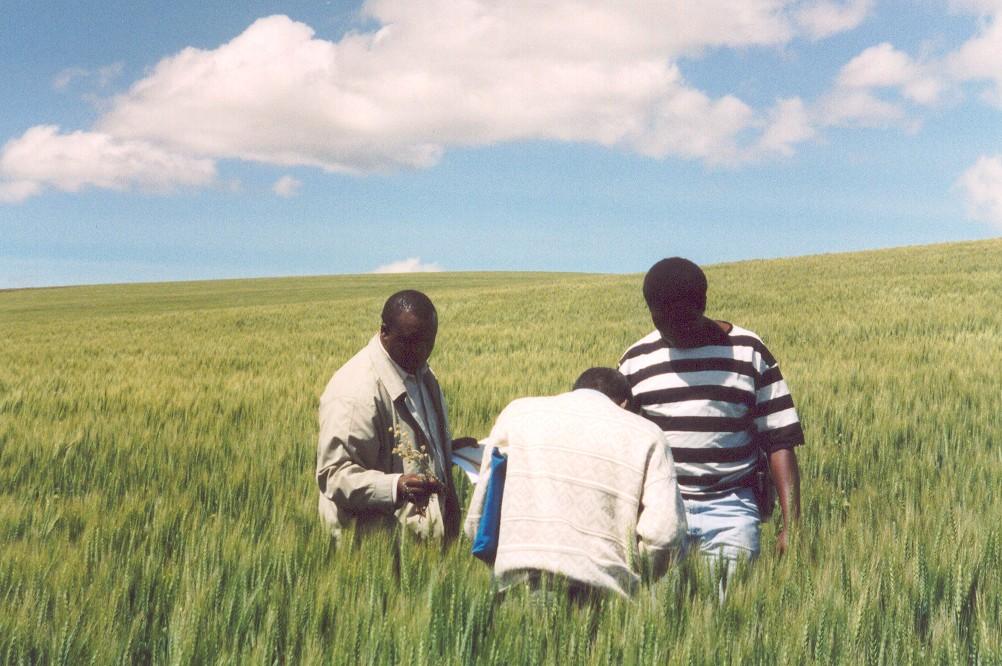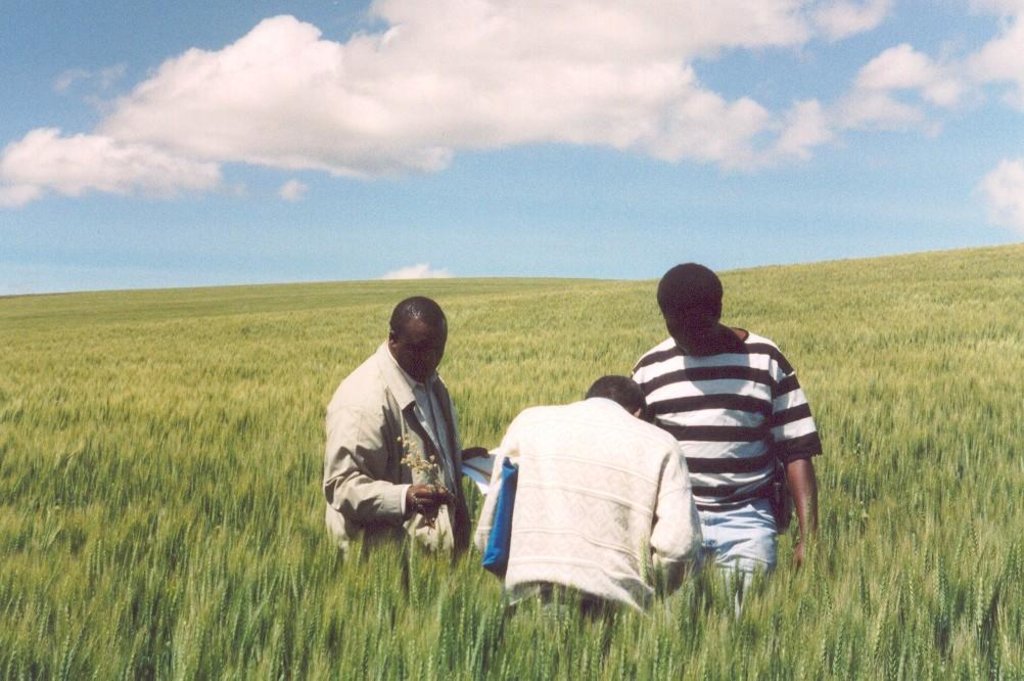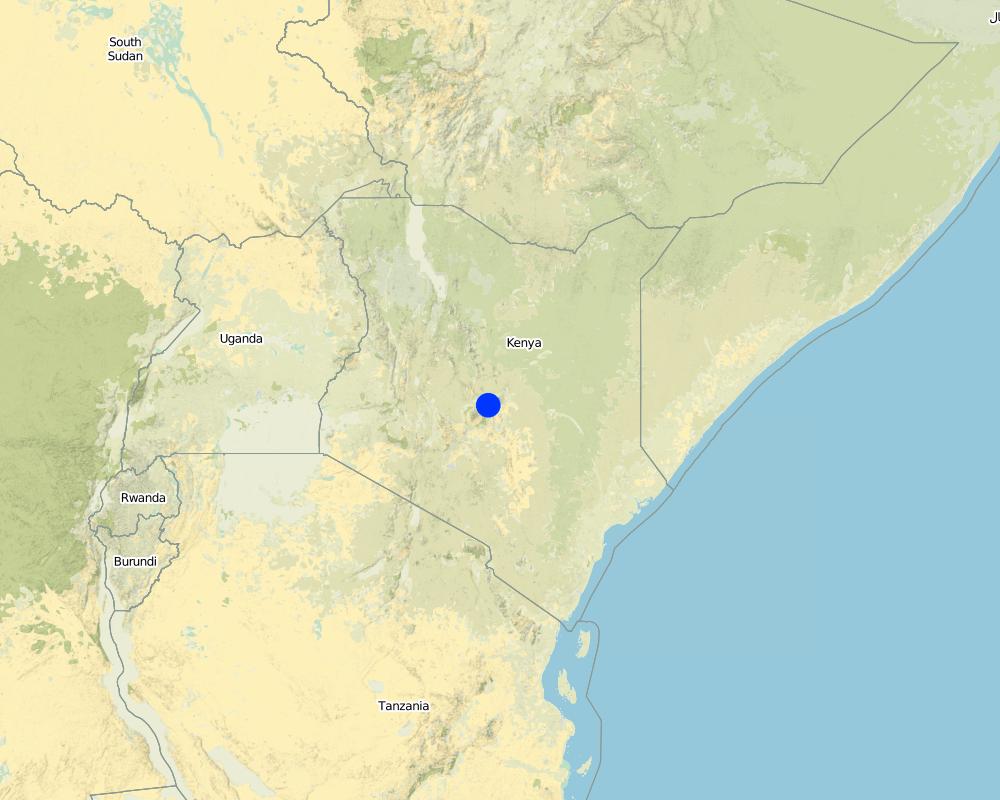Conservation Tillage for large scale wheat and barley production [Kenya]
- Creation:
- Update:
- Compiler: Kithinji Mutunga
- Editor: –
- Reviewer: Fabian Ottiger
approaches_2649 - Kenya
View sections
Expand all Collapse all1. General information
1.2 Contact details of resource persons and institutions involved in the assessment and documentation of the Approach
SLM specialist:
SLM specialist:
Dyer Martin
info-kis@kisima
Kisima Farm
Kisima Farm
Kenya
Name of the institution(s) which facilitated the documentation/ evaluation of the Approach (if relevant)
Food and Agriculture Organization of the United Nations (FAO) - ItalyName of the institution(s) which facilitated the documentation/ evaluation of the Approach (if relevant)
SOWAP (SOWAP) - HungaryName of the institution(s) which facilitated the documentation/ evaluation of the Approach (if relevant)
Kisima Farm Limited - Kenya1.3 Conditions regarding the use of data documented through WOCAT
The compiler and key resource person(s) accept the conditions regarding the use of data documented through WOCAT:
Ja
2. Description of the SLM Approach
2.1 Short description of the Approach
Yield and income improvements by better soil moisture conservation and reduced labour costs resulting from individual initiative
2.2 Detailed description of the Approach
Detailed description of the Approach:
Aims / objectives: Overall purpose: improved yield and income. Specific objectives: Soil misture conservation and reduced labour costs for farm operations.
Stages of implementation: A gradual development of expertise through trial and error. Discussion with other farmers trialing a similar technology.
2.3 Photos of the Approach
2.5 Country/ region/ locations where the Approach has been applied
Country:
Kenya
Region/ State/ Province:
Meru Central
Map
×2.6 Dates of initiation and termination of the Approach
Indicate year of initiation:
1970
2.8 Main aims/ objectives of the Approach
The Approach focused mainly on SLM with other activities (crop yields, sheep farming)
To improve crop yields and income
The SLM Approach addressed the following problems: Soil moisture retention, reduced soil fertility, costs of farm operations, need to improve yields
2.9 Conditions enabling or hindering implementation of the Technology/ Technologies applied under the Approach
availability/ access to financial resources and services
- hindering
Limited capital to invest in the right machinery
Treatment through the SLM Approach:
legal framework (land tenure, land and water use rights)
- enabling
The existing land ownership, land use rights / water rights greatly helped the approach implementation
knowledge about SLM, access to technical support
- hindering
Lack of technical information
Treatment through the SLM Approach: Potential to seek expert advice eg through the Cereal Growers Association
3. Participation and roles of stakeholders involved
3.1 Stakeholders involved in the Approach and their roles
- local land users/ local communities
Individual farmer
3.4 Decision-making on the selection of SLM Technology/ Technologies
Specify who decided on the selection of the Technology/ Technologies to be implemented:
- land users alone (self-initiative)
Explain:
This is a single farm
Decisions on the method of implementing the SLM Technology were made by by land users* alone (self-initiative / bottom-up)
4. Technical support, capacity building, and knowledge management
4.4 Monitoring and evaluation
Is monitoring and evaluation part of the Approach?
Ja
Comments:
bio-physical aspects were regular monitored through measurements
area treated aspects were None monitored through measurements
There were no changes in the Approach as a result of monitoring and evaluation
5. Financing and external material support
5.1 Annual budget for the SLM component of the Approach
Comments (e.g. main sources of funding/ major donors):
Approach costs were met by the following donors: other (farmer income/ savings): 100.0%
6. Impact analysis and concluding statements
6.1 Impacts of the Approach
Did the Approach help land users to implement and maintain SLM Technologies?
- No
- Yes, little
- Yes, moderately
- Yes, greatly
Increased soil moisture and reduced soil erosion
Did other land users / projects adopt the Approach?
- No
- Yes, little
- Yes, moderately
- Yes, greatly
Other large-scale farmers are experimenting with the technology and small-scale farmers are also keen to follow
6.3 Sustainability of Approach activities
Can the land users sustain what has been implemented through the Approach (without external support)?
- yes
If yes, describe how:
Individual initiative
6.4 Strengths/ advantages of the Approach
| Strengths/ advantages/ opportunities in the land user’s view |
|---|
| Sets own timelines and goals |
| Strengths/ advantages/ opportunities in the compiler’s or other key resource person’s view |
|---|
| Individual self-drive (How to sustain/ enhance this strength: national appreciation and publicising of such successes) |
6.5 Weaknesses/ disadvantages of the Approach and ways of overcoming them
| Weaknesses/ disadvantages/ risks in the land user’s view | How can they be overcome? |
|---|---|
| Taking risks | Seeking expert knowledge |
| Weaknesses/ disadvantages/ risks in the compiler’s or other key resource person’s view | How can they be overcome? |
|---|---|
| Spending own resources on uncertain risks | Specialist advice to reduce risk |
7. References and links
7.1 Methods/ sources of information
- field visits, field surveys
- interviews with land users
Links and modules
Expand all Collapse allLinks
No links
Modules
No modules





